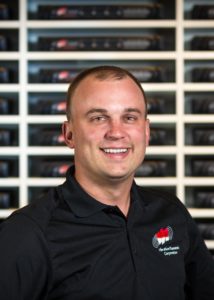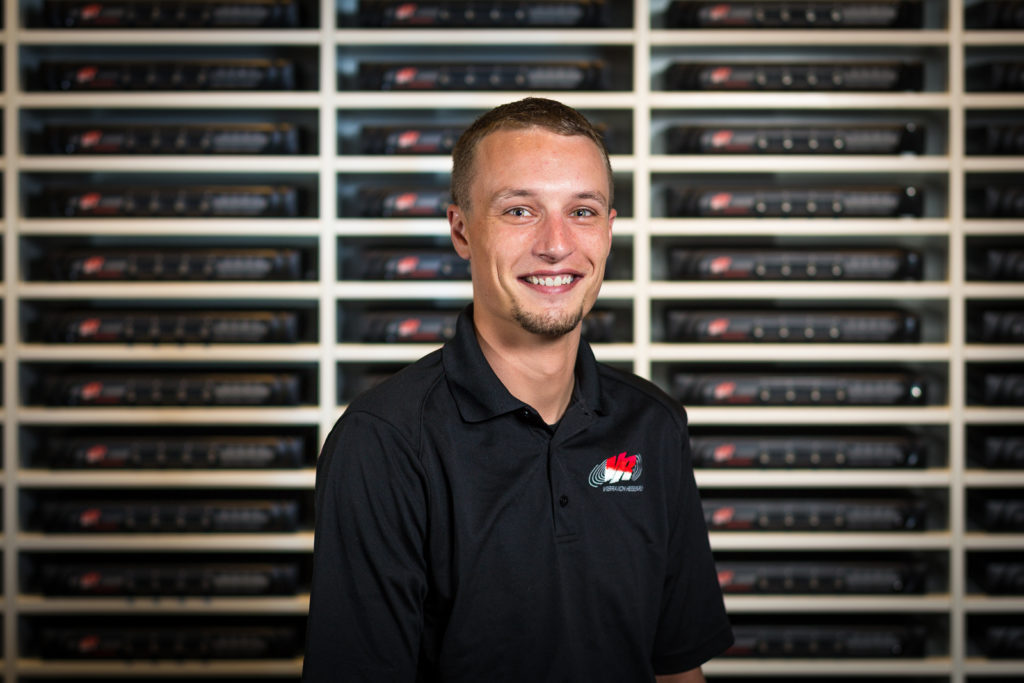Jade Vande Kamp, training and education coordinator at Vibration Research, makes the case for real-world data in vibration testing. His colleague, Kevin Van Popering, will be speaking about this topic in detail during his presentation at the Open Technology Forum at Automotive Testing Expo in Novi later this month.
What is the background to your presentation?
My presentation will address an issue facing virtually every industry that uses vibration testing to ensure durability and reliability: Are the commonly used testing standards still valid? Many R&D and manufacturing facilities are testing products according to older standards, developed for environments that were typical at the time that they were generated but which may not be today.
The world continues to change, with extended durability expectations and new materials. To match those changes, tests should be validated with real-world data. Confidence in test standards can only be achieved with careful consideration of the end-use environment.
Can you tell us more about your methodology?
A simple comparison uses the power spectral density, which shows base levels of vibration experienced by a product over time. However, for lifetime testing, a random test that mirrors the product’s total cycle is preferable.
This type of lifetime test and comparison is best accomplished with a fatigue damage spectrum (FDS). The process begins with a series of real-world recordings, which are assigned a weighting based on their contribution to total wear over the course of the product’s life. Using this input, an FDS is generated, showing the damage experienced by the product over its lifetime.
This same analysis is then repeated using a standard test specification. Comparing the standard test FDS with the one based on recorded data determines if the entire spectrum is valid, invalid or if certain areas have been under- or over-tested. It is worth noting that the comparison is very dependent on the product and the end-use environments used for the data recordings.
What is the impact of these insights?
Confidence. If a product passes the correct test, an engineer can be confident in the results. Using a generalized industry standard test adds more questions that will also need answering. If the product fails, is it because the product isn’t suitable for its end use or because over-testing at key frequencies caused inaccurate results that led to failure?
Evaluation may determine that the test specification is correct. Great! Now the engineer knows it is the right test. That is the key. Passing a test specification is one thing, but passing a test that gives confidence in real-world product survivability is the true goal.
 Kevin Van Popering, application engineer at
Kevin Van Popering, application engineer at
Vibration Research, will be giving a presentation titled “Comparing tests – industry-standard vs. real-world data” at the free-to-attend Technology Demonstration Area. View the full program here.


